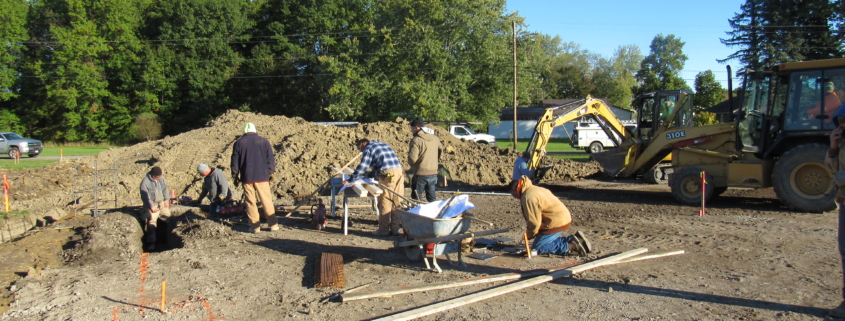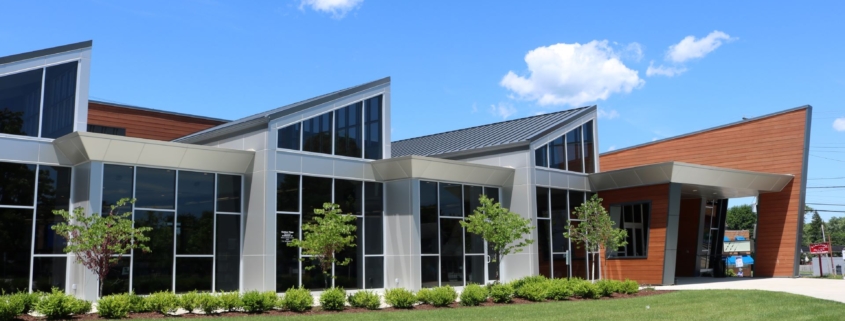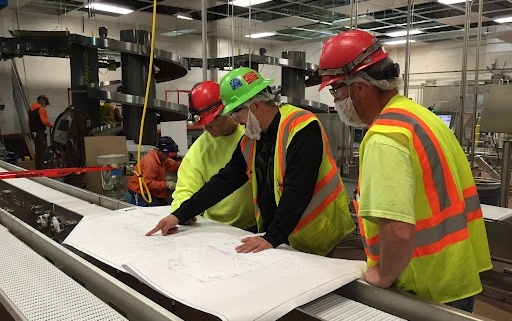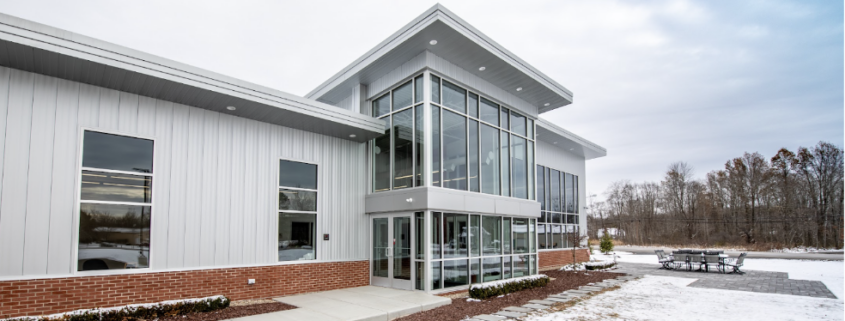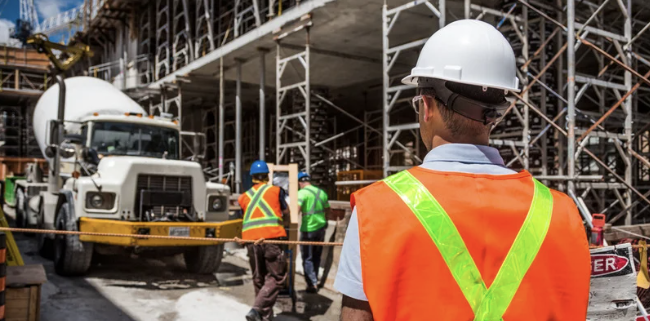If you asked a child what their dream house would look like they may answer with responses like an indoor pool, a slide from the second story to first floor, or a huge movie theater. When you ask that same child as an adult the same question, although to some their responses might still be must-haves, most would reply with other answers. These might include a large kitchen, an open-concept into the family room, or a big master bathroom. Building a home opens the gates for creativity and design to run wild, offering the opportunity to fully customize your home the way you choose. Although, there is a lot to consider when making this decision: How to get your dream home for an affordable price? How to find the best contractor for the job? In this blog, we will highlight a few tips and tricks on how to save money on your new home build.
Consider Your Contractor
Choosing the right contractor makes all the difference. The Builders Associaiton and lots of other sources recommend using local contractors. Utilizing local contractors helps to save money in terms of fees associated with traveling and other expenses. Another reason to use a local contractor is the ability to maintain consistent communication, which helps to ensure more satisfaction in the finalized project. Furthermore, you can also better check references, ensuring that you are 100% confident in your decision. The Builders Association’s membership directory features lots of reputable, high-quality local contractors to choose from, which is now easier than ever to
Location
When building a new home, it is important to ensure you are thoughtfully thinking about location. Factors like commute time to work, school, and other necessities are worth planning out. You may want to think about neighbors, how many routes do you have to get to the center of town, and more. Prime locations will likely cost more money to purchase, so being persistent when searching for available plots will help you balance out location and cost associated.
What is Your Budget
According to the U.S. Census Burea and the Department of Hosuing and Urban Development, the average price of building a new home is $400,500 in 2024. From building the foundation and framing, to interior expenses like plumbing and electrical, there are a lot of costs that go into building a home. You may have to compromise on what you get if you have a ridgid budget. A practice that is becoming more common is deferring cosmetic elements, which essentially means you withhold from finishing the process until you are more monetarily comfortable. Examples of this would be replacing light fixtures, completing landscaping, finishing the basement, and more. This way you can enjoy your new home, and be conservative.
Home Insurance
Home owners insurance is an important factor. You want to make sure you are fully aware of all of the monthly costs related to building home. According to Nerd Wallet, the average home insurance rate in Ohio is $116 a month. Feel free to use this home insurance calculator which is free to use and provides a comparison on rates. It may still be a good idea to cross reference a few other options to be sure you are getting the best coverage for the best rate.
Building a New Home
When in the process of building a new home, there are lots of decisions to make. Factors include what contractor or contractors to choose, location, budget, and more. The Builders Association’s membership directory makes it easy for you to contact and request quotes from local contractors in many different niches of the construction industry. This helps relieve some of the pressure off of researching different companies, and provides you the benefits of using a local contractor.

